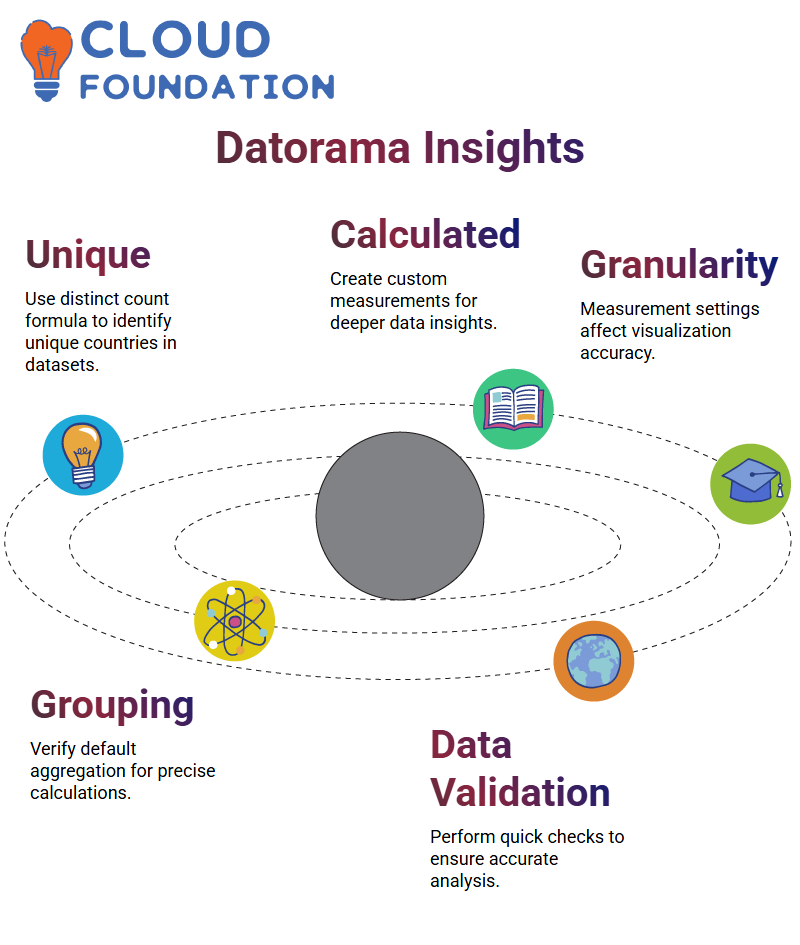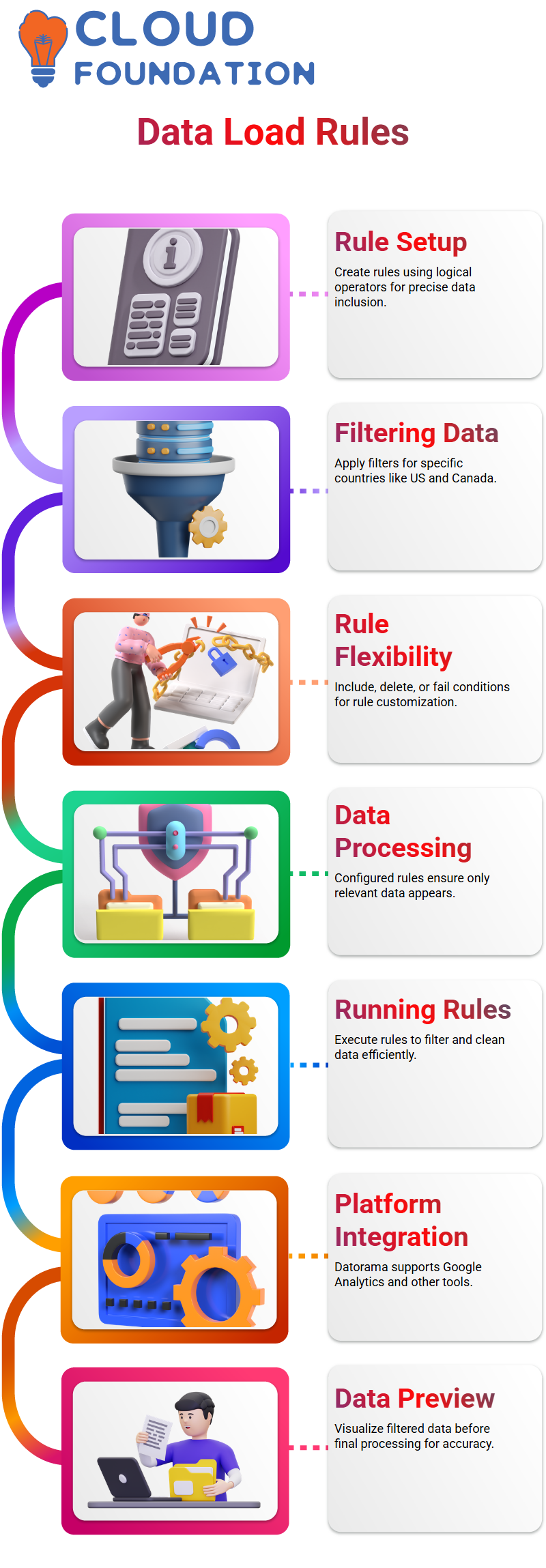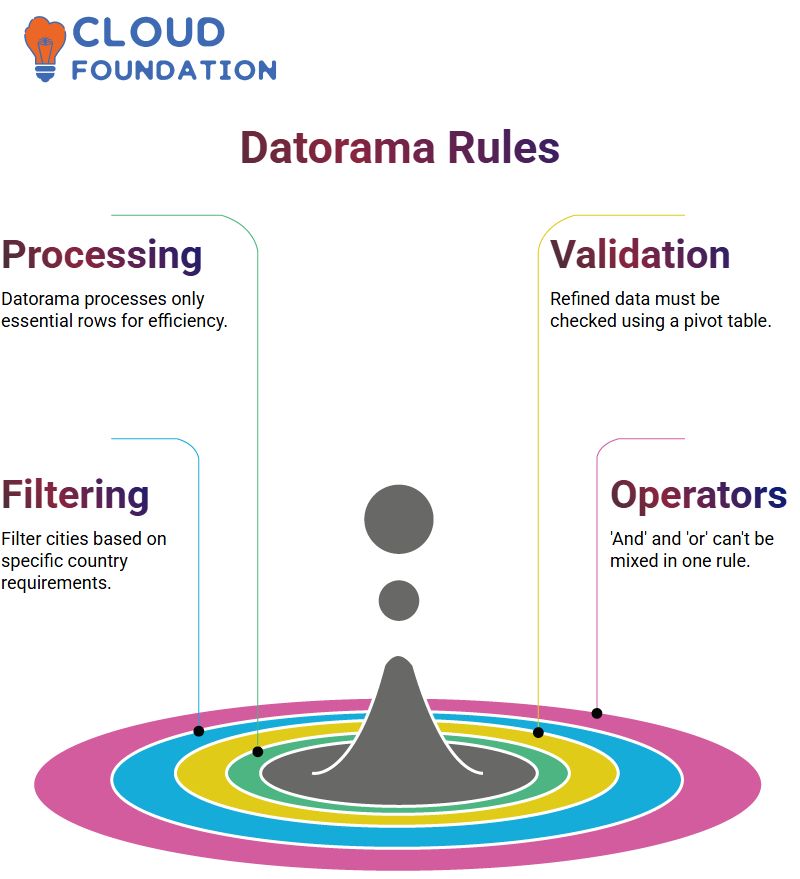Marketing Cloud Intelligence Documentation
Understanding Salesforce Datorama Implementation Milestones
As part of any onboarding effort, all relevant project details must be collected.
Regardless of whether it comes from another agency or client, onboarding enables you to understand even the most minute aspects of its history and development.
Salesforce Datorama makes every onboarding experience unique because clients from diverse industries, such as automotive, telecom, and healthcare, each have specific requirements that need to be considered in their onboarding strategies and insights.
You must tailor them specifically for each client to achieve the best results.
At this stage of discovery, it’s essential to ask every possible question even those that seem innocuous may provide crucial clues and unlock key pieces of data.
Creating a Solution Design in Salesforce Datorama
Crafting a solution design in Salesforce Datorama involves developing an outline for data visualisation and ingestion processes, using dimensions, measurements, and unifying factors as a basis.
As part of your paid search data analysis process, when classifying and deriving specific metrics using tools like lookup statements or calculated dimensions.
Within the Salesforce Datorama solution design, you can then showcase these ideas to the client.
Establish a series of activities designed to efficiently organise and harmonise data, producing charts and visualisations which meet client goals and expectations.
Data Integration and Harmonisation in Salesforce Datorama
Data integration within Salesforce Datorama can be approached from various angles.
Harmonisation in Salesforce Datorama can bring creativity and scalability together seamlessly, when working under tight deadlines, creating calculated dimensions and measurements becomes critical to meeting them on time.
Utilising calculated fields too heavily can hinder scalability and graph loading times.
Salesforce Datorama’s classification and normalisation tools, however, offer smooth harmonisation, streamlining data processes and facilitating the creation of visualisations.
The Importance of Data Modelling in Salesforce Datorama
Data modelling is at the core of Salesforce Datorama’s functionality, and understanding its concepts is the gateway to mastery of Salesforce Datorama.
Everything revolves around structuring and interpreting information effectively for maximum effect.

Utilising Salesforce Datorama enables you to connect data sources, utilise ingestion APIS, and explore automated reports.
When used effectively, Salesforce Datorama enables seamless classification, harmonisation, and visualisation of data.
Exploring the Practical Side of Salesforce Datorama
Through exercises and resources, we will demonstrate how Salesforce Datorama can be applied in real-life scenarios.
From data analysis to creating impactful dashboards, Salesforce Datorama opens up endless opportunities.
Keep this goal in mind, as the objective should not be limited to learning Salesforce Datorama, but instead applying it effectively.
By engaging with the exercises and resources provided herein, your skill will increase over time, unlocking its complete potential step by step.
Using Salesforce Datorama to Calculate Unique Countries
Salesforce Datorama can provide an ideal way for identifying all the countries present in a dataset with campaigns from across numerous nations.
Utilising Salesforce Datorama’s distinct count formula, users can quickly calculate these unique values with ease.
Furthermore, Salesforce Datorama comes equipped with tools like calculated measurements, making data analysis simpler than ever.
While working, always take a moment to review the data and ensure that all components have been considered, thereby avoiding potential challenges down the road.

Advanced Measurement Techniques in Salesforce Datorama
Salesforce Datorama makes creating calculated measurements simple.
For instance, you could name one measurement “Number of Countries” and define its type as numeric values.
Before diving into any formulas, it’s essential to explore measurement type declaration and advanced options, such as granularity and aggregation settings.
These settings have a significant influence on visualisations. Salesforce Datorama stands out as being capable of handling complex aggregations effortlessly.
Calculating metrics such as clicks per impression should be straightforward.
However, it is wise to review your default aggregation function setting, which often defaults to ‘auto’, for accurate totals.
Understanding Window Functions in Salesforce Datorama
Window functions in Salesforce Datorama can provide invaluable context to your calculations, helping you analyse data more precisely by adding context.
Window functions provide the means to accurately analyse campaigns across various countries by enabling you to slice dimensions, such as campaign names.
They work seamlessly alongside Salesforce Datorama’s aggregation functions for accurate results.
Whether it’s counts, averages, or complex formulae, these tools ensure your calculations remain precise and meaningful within their context.
Applying Distinct Count in Salesforce Datorama
When using Salesforce Datorama to compute distinct counts, specify the dimension you are analysing, such as “Country Name.”
By doing so, this ensures that the formula accurately computes results for each campaign.
Salesforce Datorama ensures calculations consider campaign-specific information rather than simply adding together unrelated entries, giving your dataset the edge it needs for optimal analysis.
Employing distinct counts with contextual dimensions ensures that your visualisations convey accurate and insightful information, giving users the power to navigate complex datasets with ease and precision.
Aggregation Functions and Contextual Accuracy in Salesforce Datorama
Aggregation functions within Salesforce Datorama, such as sum, count or average, can help to analyse campaign performance more precisely.
You can customise these functions within the Advanced settings to meet your unique analysis requirements.
Setting an aggregate to “count” can help determine the unique countries in each campaign.
By including context dimensions into its calculations, Salesforce Datorama ensures they remain campaign-specific and relevant.
By taking this approach, it eliminates errors that arise from random data aggregates, thereby enhancing the precision and reliability of your analytics.
Exploring Salesforce Datorama: Using Dimensions Effectively
Salesforce Datorama makes calculating the distinct count of countries easy.

One of its greatest assets is its ability to handle dimensions such as “Country easily”.
Salesforce Datorama does not rely on window functions.
Instead, it calculates distinct values by keeping all dimensions intact and keeping their values constant.
When used for country data evaluation purposes, Salesforce Datorama considers all data points to produce accurate results.
Once set up, Salesforce Datorama seamlessly connects to your data streams.
Utilising Salesforce Datorama helps when building geographical charts or visualising global insights. By taking this route to analyse, you ensure dynamic yet precise analyses.
Salesforce Datorama makes using country columns within your data stream easy and effective, providing quick answers to queries. It truly opens up its full potential.
Maximising Insights with Salesforce Datorama
Salesforce Datorama opens doors to powerful data insights when used for geographical analyses.
By simply adding one dimension, such as Country, to your streams, such as adding “Place Names,” for instance.
It becomes possible to gain invaluable insights into data.
Salesforce Datorama allows you to go beyond simply calculating values; instead, it reveals global patterns.
Once configured, Salesforce Datorama serves as the foundation of your data visualisation strategy.
Salesforce Datorama easily fits into your workflows, adding precision that elevates analysis to new heights.
Don’t underestimate its ease of use; while user-friendly, its robust capabilities make it indispensable when handling large datasets.
Whether mapping countries or analysing trends, Salesforce Datorama provides you with all the tools needed to succeed.

Understanding APIS in Salesforce Datorama
APIS are at the core of working with data in Salesforce Datorama, and understanding credentials as integral parts of their operation is crucial to their successful use when pulling information, such as Google Analytics data, from different sources.
If you’ve ever configured one before, credentials play a crucial role.
Salesforce Datorama makes this process seamless by facilitating easy integration.
Users can easily map and schedule imports using this powerful application.
However, dealing with APIS becomes significantly more complex.
Configuring them within Salesforce Datorama involves providing credentials and selecting relevant websites.
Google Analytics offers reports for specific segments or all-site data.
Setting Up Initial Data Fetch in Salesforce Datorama
Initial data retrieval in Salesforce Datorama determines how far back data will be retrieved, with a 90-day history being the maximum available snapshot.
If more historical information is desired, additional dates can be added over time.
Salesforce Datorama makes Google Analytics integration even more seamless by supporting extended properties, such as goals, events, and pages.
This enables the platform’s custom API, allowing users to define specific metrics and dimensions without incurring unnecessary clutter in data storage.
Data Load Rules in Salesforce Datorama
Data load rules in Salesforce Datorama serve as filters, helping users efficiently organise incoming information.
Imagine having information from various agencies and countries at hand, Salesforce Datorama lets you filter only what is relevant, for instance, extracting US and Canadian data from an overall global dataset.
Why is this significant?
Ideally, this allows us to manage information more effectively.
Salesforce Datorama uses row-level billing. By loading less unrelated information into your workspace, its efficiency improves significantly.
By setting load rules at the outset, data becomes clean, structured and clutter-free when working on projects.
Creating Data Load Rules in Salesforce Datorama
Setting up a data load rule in Salesforce Datorama is straightforward.
Navigating to the data load section, creating a rule and specifying conditions using logical operators are the keys to successful rule setup.
If you only need data for US or Canadian locations, set filters like ‘Country = US’ or ‘Country = Canada’.
Salesforce Datorama allows for the quick and effortless setup of rule inclusion, measurement deletion, and rule failure conditions.
Once configured, this system processes data accurately, ensuring that only relevant rows appear in your workspace.

Running Data Load Rules in Salesforce Datorama
Once your data load rules have been configured in Salesforce Datorama, executing them is straightforward.
The system performs filtering based on predetermined conditions to remove extraneous information before ingestion.
Filtering tools within Salesforce Datorama help reduce workspace clutter and boost efficiency by streamlining reports from Google Analytics or other platforms, ensuring accurate processing at every step.
Data previews enable the visual inspection of filtered information before processing, ensuring ultimate precision at every step.
Understanding Salesforce Datorama Data Rules
Working with Salesforce Datorama, you may notice that only essential rows are processed; from nine rows, we might trim down to six by focusing on data for both North America and Europe.
Once refined data has been processed and meets the criteria, its accuracy must be confirmed using a pivot table.
Let’s say, for instance, you only require information for specific cities (say, Los Angeles and New York in the US)
Target Toronto for Canada, while Merida could be chosen in Mexico.
Here, Salesforce Datorama stands out by adapting itself to multiple environments and accommodating them easily.

Creating Effective Rules in Salesforce Datorama
Salesforce Datorama allows you to create data load rules easily, but there are two essential guidelines you need to keep in mind when doing so.
First, no combination of either and/or operators should exist within one rule.
Second, these rules are processed sequentially, one after another.
For example, when creating rules to filter US cities such as Los Angeles and New York, Salesforce Datorama processes this data first before considering data from other regions.
This requires careful planning and structuring when setting rules in Salesforce Datorama.
Implementing Sequential Logic in Salesforce Datorama
To maximise Salesforce Datorama’s potential, start by filtering by country and city. For instance, create conditions such as “Country = USA” and City = Los Angeles, or “Country = Canada” and City = Toronto, or something similar.
Sequential processing ensures that each filter builds upon the previous one. If your data spans multiple cities across various countries, adjust your rules accordingly.
Salesforce Datorama requires that you specify these rules within its data load settings, allowing you to include both country and city filters.
Navigating Challenges with Salesforce Datorama
As you work with Salesforce Datorama, you may come across unexpected challenges.
For instance, certain cities, such as Mérida, may not be recognised by the system.
Verifying and adjusting your settings becomes key in these circumstances.
Salesforce Datorama automatically translates some city names, for instance, ‘Mexico City’ into ‘Mexico DF’ according to local conventions.

Sai Susmitha
Author



